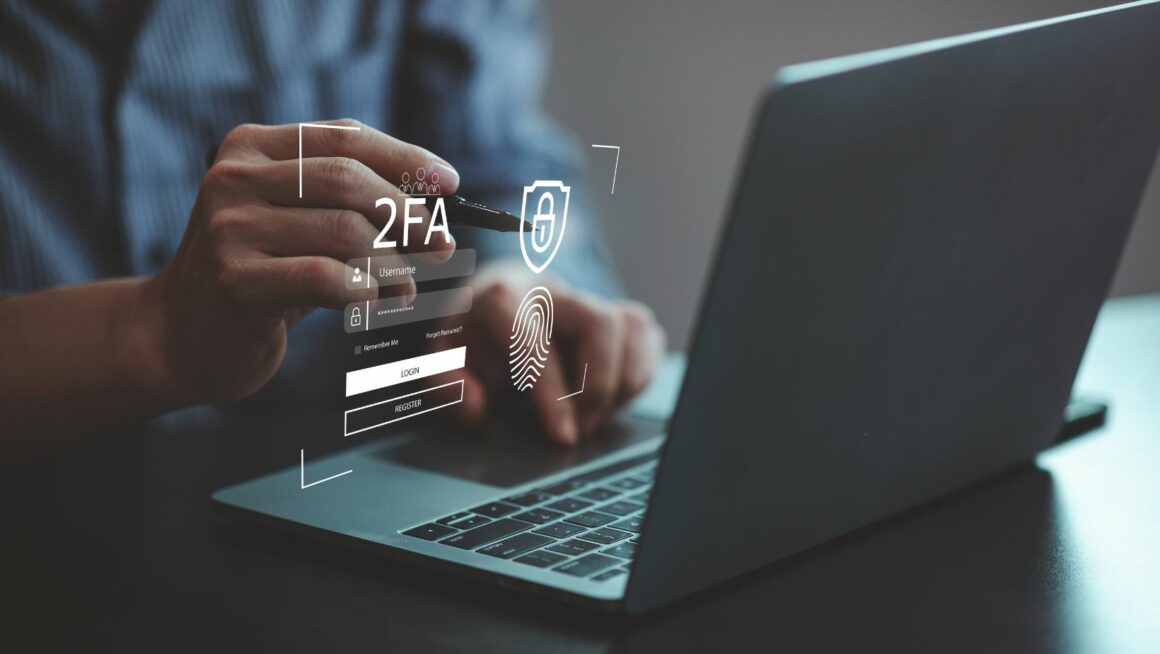In today’s digital landscape, cybersecurity is a critical concern for businesses of all sizes. With increasing cyber threats and data breaches, protecting sensitive information and ensuring that only authorized individuals can access systems is paramount. A powerful way to safeguard an organization’s data is through robust Identity and Access Management (IAM) practices. IAM involves ensuring that the right people have the right access to resources at the right time.
What is Identity and Access Management (IAM)?
Identity and Access Management is a framework of policies and technologies that ensures the appropriate individuals have the right access to technology resources. It includes both user identity management and access control to data, networks, and applications. IAM aims to streamline user access while preventing unauthorized users from gaining access to critical systems.
Key components of IAM include:
- Authentication: Verifying that users are who they say they are.
- Authorization: Granting permissions to authenticated users.
- User Lifecycle Management: Managing users from onboarding to offboarding.
- Single Sign-On (SSO): Enabling users to access multiple systems with one set of credentials.
- Multi-Factor Authentication (MFA): Adding an additional layer of security beyond just a password.
- Role-Based Access Control (RBAC): Assigning access rights based on user roles.
The Importance of IAM in Cybersecurity
Effective IAM practices are essential in a world where cyberattacks are becoming more sophisticated. According to recent studies, a majority of breaches are linked to poor password management or unauthorized access. Without a robust IAM system, businesses expose themselves to numerous risks, including data theft, insider threats, and system downtime.
For example, if an organization fails to properly monitor user access, an attacker who compromises a user’s credentials could potentially gain unrestricted access to sensitive data. On the other hand, implementing strong IAM practices helps organizations prevent these attacks by restricting access to only those who absolutely need it.
Challenges in Implementing IAM
While IAM provides essential security, its implementation can be challenging. A few of the common obstacles organizations face include:
- Complexity: Managing access to various systems, applications, and resources can be difficult, especially when an organization has a large number of users.
- Scalability: As organizations grow, scaling IAM systems to accommodate more users and applications can become cumbersome.
- User Experience: Balancing security and user experience can be tricky. Overly complex authentication methods may frustrate users, leading to reduced productivity.
- Integration: Integrating IAM solutions with existing infrastructure, legacy systems, and third-party applications can be complex.
Despite these challenges, adopting a comprehensive IAM solution can mitigate most of these issues, improving both security and user experience.
How Ravenswood Technology Can Help
To successfully implement IAM and protect against cyber threats, many organizations turn to Identity and access management consulting services like Ravenswood Technology. This company offers advanced IAM solutions that help businesses streamline authentication processes, monitor user activity, and ensure compliance with security regulations.
Ravenswood Technology’s IAM tools provide seamless integration with a range of systems, ensuring businesses can efficiently manage user access across various applications and platforms. They also emphasize ease of use, ensuring that businesses can enhance security without sacrificing user experience.
Whether you’re implementing Single Sign-On (SSO) for convenience, Multi-Factor Authentication (MFA) for added security, or Role-Based Access Control (RBAC) to limit permissions, Ravenswood Technology helps organizations achieve a higher level of security while maintaining smooth user experiences.
Key IAM Practices for Boosting Cybersecurity
To boost cybersecurity, businesses need to implement a few key IAM practices. Here are actionable strategies you can put in place:
Use Strong Authentication Methods
Passwords alone are no longer sufficient to protect sensitive systems. Implementing Multi-Factor Authentication (MFA) should be a priority. MFA requires users to verify their identity through multiple methods, such as a password, a fingerprint, or a one-time PIN sent to their mobile device. This adds an additional layer of protection, reducing the likelihood of unauthorized access.
Implement Role-Based Access Control (RBAC)
Role-Based Access Control (RBAC) is a best practice in IAM. It ensures that users are granted access only to the resources necessary for their job.

By defining roles and assigning permissions accordingly, you minimize the risk of unauthorized access while improving organizational efficiency. With RBAC, businesses can create a policy that gives the right people access to the right information at the right time.
Adopt Single Sign-On (SSO)
Single Sign-On (SSO) simplifies the authentication process by allowing users to access multiple applications with a single set of credentials. SSO improves the user experience by reducing the need to remember multiple passwords, and it also enhances security by reducing the number of times users need to log in. SSO can also be easily integrated with identity management platforms like Ravenswood Technology for seamless access across applications.
Regularly Overview and Update Access Permissions
Access permissions should be reviewed regularly to ensure that only current employees and authorized individuals have access to critical systems. A common vulnerability arises when employees leave a company but their access remains active. Regular audits of access rights, especially during onboarding and offboarding processes, are essential in preventing unauthorized access.
Educate Employees on Security Practices
Even the most advanced IAM solutions can’t protect against human error. Training employees on best security practices, such as creating strong passwords and recognizing phishing attempts, is critical. Providing regular security awareness training ensures that employees understand their role in maintaining the security of the organization.
Monitor and Audit Access Logs
Continuous monitoring and auditing of access logs can help organizations detect suspicious behavior. By analyzing access logs, security teams can identify patterns or anomalies that may indicate unauthorized access attempts. A strong IAM system should include features that allow businesses to track user activity in real time.
Enforce Least Privilege Access
The principle of least privilege means that users should only be granted the minimum level of access necessary for them to perform their job. Limiting access rights to specific resources minimizes the damage that can occur in the event of a security breach. By strictly enforcing least privilege access, you ensure that sensitive data is only available to those who need it.
The Future of IAM in Cybersecurity
As cyber threats continue to evolve, so too must IAM practices. The future of IAM is closely tied to developments in artificial intelligence (AI), machine learning (ML), and advanced analytics. These technologies are already being leveraged to automate threat detection, improve access management, and enhance user authentication processes.
For example, AI-powered IAM systems can automatically detect unusual behavior, such as login attempts from unusual locations or devices, and respond in real-time. This enables businesses to take immediate action against potential threats, minimizing the risk of a breach.
Additionally, as more businesses adopt cloud-based services, IAM solutions will need to extend to hybrid and multi-cloud environments. This will require more flexible and scalable IAM tools that can manage access across a diverse range of platforms and technologies.
Conclusion
A strong Identity and Access Management (IAM) framework is essential for any organization looking to protect its systems and data. By implementing best practices such as multi-factor authentication, role-based access control, and continuous monitoring, businesses can significantly reduce the risk of cyberattacks. Partnering with industry leaders like Ravenswood Technology can help organizations streamline their IAM strategies, ensuring both security and ease of use.

By taking proactive steps in securing digital identities, organizations can stay one step ahead of cybercriminals, protecting their assets and ensuring long-term success.



